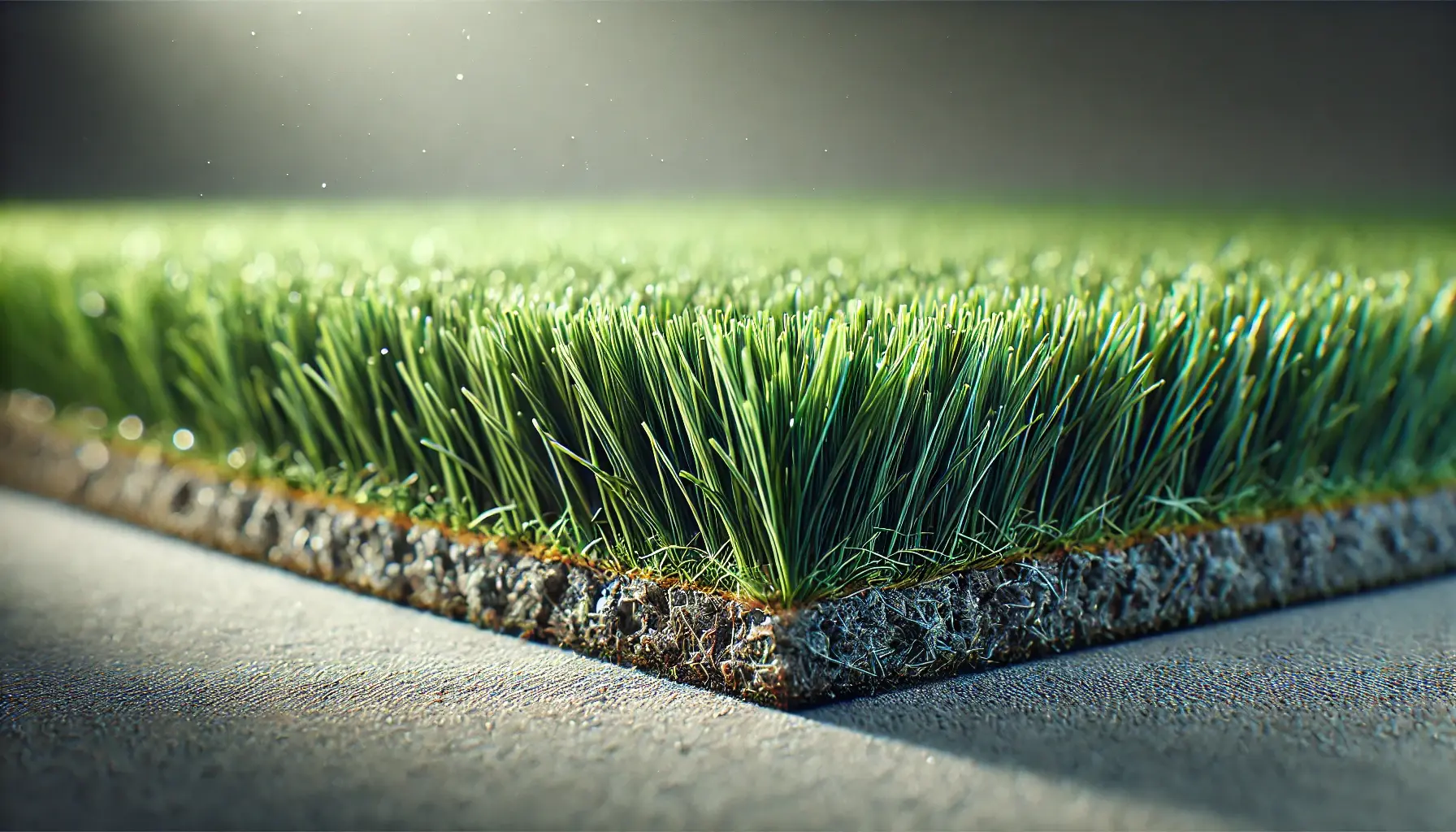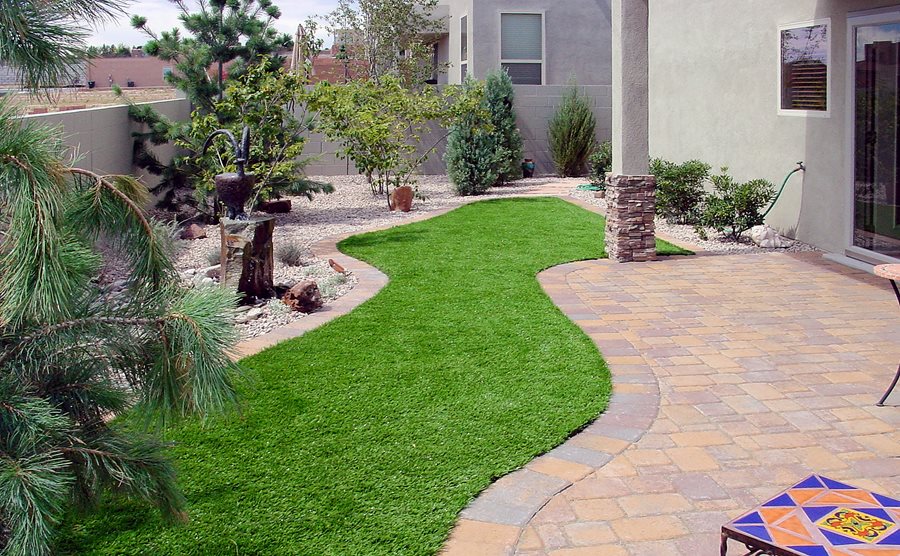Get a Ideal Lawn with Arizona Artificial Turf for Any Outdoor Space
Get a Ideal Lawn with Arizona Artificial Turf for Any Outdoor Space
Blog Article
Delve Into the Environmental Advantages of Opting for Artificial Turf Solutions
The fostering of fabricated grass services provides a compelling possibility to attend to pressing environmental difficulties. By significantly lowering water usage and reducing the application of harmful chemicals, these options not just promote lasting landscape design yet also protect local ecosystems.
Water Conservation Benefits
Among one of the most considerable advantages of synthetic grass is its ability to save water. Conventional yard lawns need substantial irrigation, especially in areas prone to drought or water limitations. On the other hand, synthetic grass does not need watering, significantly minimizing the overall demand for water sources. This feature is specifically helpful in dry areas where water scarcity is a pressing problem.
By getting rid of the need for normal watering, man-made lawn contributes to sustainable landscape methods and aids reduce the ecological influence of too much water usage. Furthermore, the preservation of water encompasses the reduction of runoff, which can cause dirt disintegration and river contamination.
Furthermore, the setup of synthetic grass allows communities and homeowners to allocate water sources extra efficiently, concentrating on crucial usages such as alcohol consumption water and farming. The change in the direction of synthetic grass not just promotes liable water use yet also aligns with wider environmental goals targeted at maintaining all-natural sources.
As areas increasingly prioritize sustainability, the water preservation advantages of synthetic grass provide a compelling situation for its adoption in commercial and domestic landscaping tasks.
Minimized Chemical Usage
The shift to fabricated lawn substantially decreases the reliance on chemical treatments commonly used in natural turf maintenance. Conventional turf administration generally entails the application of chemicals, herbicides, and fertilizers to promote growth and control pests. These chemicals can pose threats to human wellness, regional wildlife, and the setting, adding to soil and water contamination.
In comparison, synthetic grass gets rid of the requirement for these unsafe materials. Once installed, it requires very little upkeep, mainly consisting of routine cleaning and irregular infill replenishment. This reduction in chemical usage not only benefits the immediate setting yet likewise adds to wider eco-friendly stability. By minimizing the launch of artificial substances right into the ecological community, synthetic grass advertises much healthier soil and water supply.
Furthermore, the absence of chemical drainage connected with synthetic grass installations assists protect local waterways from pollution, sustaining water life and preserving biodiversity. Arizona artificial turf. As neighborhoods progressively focus on lasting methods, choosing synthetic grass offers a sensible service that aligns with ecological conservation objectives. Through this shift, building proprietors can enjoy lush green rooms without jeopardizing environmental wellness, leading the way for a much more sustainable future
Lower Carbon Impact

In addition, the installation of synthetic grass can result in substantial water conservation. All-natural grass call for considerable amounts of water for watering, which not just includes to the carbon footprint connected with water removal and therapy yet likewise strains regional water sources. On the other hand, man-made lawn requires minimal maintenance, requiring no watering, therefore substantially minimizing water use and its associated power expenses.
Additionally, the longevity of man-made grass adds to its lower carbon effect. With a life expectancy of up to 15 years or more, the need for frequent substitutes is reduced, resulting in less waste and lower power consumption in production and disposing of standard lawn alternatives. Overall, man-made lawn offers a sustainable alternative for ecologically mindful landscaping.
Habitat Preservation
Environment conservation is a vital factor to consider in the argument over landscape design options, specifically when contrasting fabricated lawn to all-natural yard. All-natural lawn lawns commonly call for extensive upkeep, consisting of using herbicides, fertilizers, and chemicals, which can negatively influence regional ecosystems. These chemicals can leach right into the soil and waterways, harming indigenous plants and fauna and disrupting local environments.
On the other hand, try here synthetic grass provides a chance to reduce the eco-friendly footprint of landscape design. By opting for synthetic yard, property owners can decrease the disruption of natural habitats connected with typical lawn care techniques. Synthetic lawn eliminates the requirement for hazardous chemicals, thus safeguarding close-by wild animals and maintaining the stability of bordering communities. Moreover, the setup of artificial grass can bring about the conversion of former yard locations right into even more biodiverse landscapes, such as pollinator gardens or indigenous plant locations, which can sustain neighborhood wildlife.
Ultimately, the shift to synthetic grass not just conserves water and decreases maintenance initiatives but likewise cultivates an extra unified relationship in between human tasks and the native environment, advertising habitat conservation while doing so.
Long-Term Sustainability
Long-term sustainability is a critical consider evaluating the advantages of synthetic grass over standard yard lawns. One of the most substantial benefits of fabricated turf is its sturdiness; it can last approximately 15-20 years with marginal upkeep, whereas all-natural turf needs frequent reseeding and replacement. This durability reduces the need for constant resources, such as water, fertilizers, and pesticides, which are vital for keeping a healthy turf lawn.
Additionally, synthetic grass contributes to a decrease in carbon emissions connected with grass treatment devices. Standard grass typically require gas-powered lawn mowers, trimmers, and blowers, all of which add to air contamination. Turf installation phoenix az. On the other hand, synthetic grass gets rid of the requirement for such devices, promoting a cleaner atmosphere
Furthermore, the production of artificial lawn increasingly makes use of recycled products, boosting its why not check here sustainability profile. As makers take on green methods, the environmental impact of synthetic turf remains to diminish.

Conclusion
The adoption of artificial grass solutions provides substantial ecological advantages, including significant water conservation, minimized reliance on dangerous chemicals, and a lower carbon impact. Furthermore, synthetic grass aids in preserving all-natural environments by reducing land disturbance and advertising long-term sustainability through using long lasting materials. Jointly, these elements underscore the capacity of man-made turf to add favorably to ecological health and wellness and supply a viable option to typical landscape design techniques in a progressively resource-conscious world.
In comparison, artificial grass does not require watering, substantially decreasing the overall need for water resources. By lessening the launch of synthetic substances right into the community, artificial grass promotes healthier dirt and water systems.
Furthermore, the setup of artificial lawn can result in considerable water preservation. In contrast, synthetic lawn requires marginal upkeep, needing no watering, therefore substantially lowering water use and its connected power expenses.

Report this page